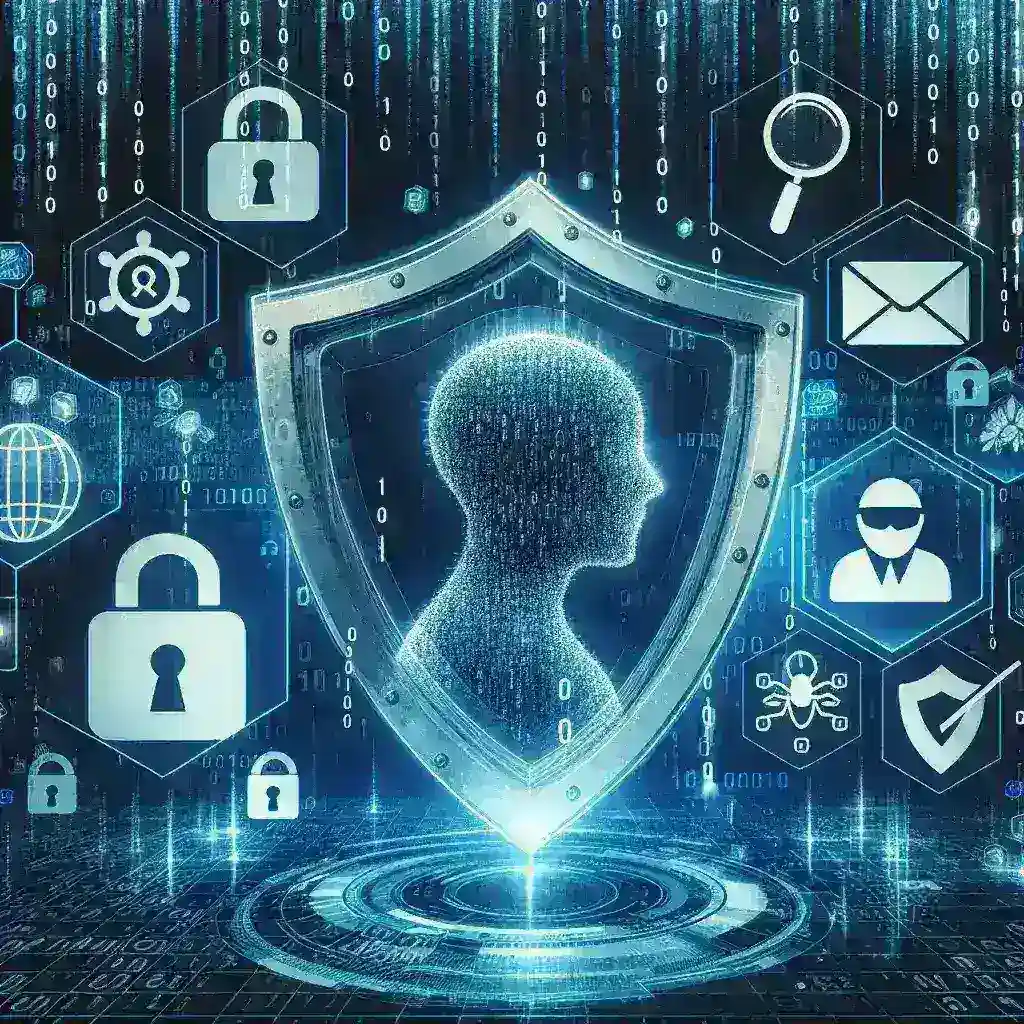Introduction
As we approach 2025, the landscape of cybersecurity is evolving at an unprecedented pace. With increasing reliance on technology and the internet, safeguarding personal and organizational data has never been more critical. In this article, we will explore the top 25 cybersecurity tips for 2025 to help you stay secure in the digital age.
1. Implement Multi-Factor Authentication (MFA)
MFA adds an additional layer of security by requiring users to provide two or more verification factors to gain access to an account. This significantly reduces the risk of unauthorized access.
2. Stay Updated with Software Patches
Regularly updating your software and operating systems is crucial. Cybercriminals often exploit vulnerabilities in outdated software, making timely updates essential for protection.
3. Use Strong and Unique Passwords
Creating complex passwords that are unique to each account can prevent unauthorized access. Consider using a password manager to keep track of your passwords securely.
4. Educate Yourself and Your Team
A well-informed team is your first line of defense against cyber threats. Regular training sessions on cybersecurity best practices can help mitigate risks.
5. Back Up Your Data Regularly
Backing up your data ensures you can recover it in the event of a cyberattack. Utilize both cloud storage and physical backups to diversify your data safety.
6. Be Wary of Phishing Scams
Phishing remains one of the most effective methods for cybercriminals. Always verify email sources before clicking on links or downloading attachments.
7. Secure Your Wi-Fi Network
Ensure your Wi-Fi network is secured with strong encryption and a robust password. Avoid using public Wi-Fi for sensitive transactions.
8. Use a Virtual Private Network (VPN)
A VPN encrypts your internet connection, protecting your data from snoopers, especially when using unsecured networks.
9. Enable Firewall Protection
Utilizing a firewall can help block malicious traffic and protect your devices from potential threats.
10. Regularly Monitor Your Accounts
Keep an eye on your financial and online accounts for any suspicious activities. Promptly report any unauthorized transactions.
11. Limit Personal Information Sharing
Be mindful of the information you share online. Cybercriminals can use personal details to conduct social engineering attacks.
12. Use Antivirus Software
Install reputable antivirus software to protect your devices against malware and other malicious threats.
13. Secure Mobile Devices
Apply similar cybersecurity measures to your mobile devices as you would for your computers, including using passwords and keeping software updated.
14. Be Cautious with Social Media
Adjust privacy settings on social media accounts to limit exposure to personal information. Be mindful of friend requests from unknown individuals.
15. Use Encryption
Encrypt sensitive data both in transit and at rest. This adds a layer of protection against unauthorized access.
16. Understand the Risks of IoT Devices
Internet of Things (IoT) devices can be vulnerable to attacks. Secure these devices with strong passwords and regular firmware updates.
17. Conduct Regular Security Audits
Regularly assess your cybersecurity measures to identify vulnerabilities and make necessary improvements.
18. Be Aware of Insider Threats
Employees can inadvertently or intentionally compromise security. Establishing a culture of security awareness can help mitigate insider threats.
19. Use Secure Payment Methods
When shopping online, utilize secure payment methods to protect your financial information.
20. Teach Children About Online Safety
Educate children about safe online practices to instill responsible digital behavior from a young age.
21. Stay Informed About Cybersecurity Trends
Keeping abreast of the latest cybersecurity news and trends can help you anticipate and prepare for emerging threats.
22. Develop an Incident Response Plan
Having a plan in place for responding to cyber incidents can minimize damage and streamline recovery efforts.
23. Use Two-Step Verification for Email Accounts
Enabling two-step verification adds another layer of security to your email accounts, which are often targeted by cybercriminals.
24. Limit Access to Sensitive Information
Restrict access to sensitive data to only those who need it to perform their duties, reducing the risk of data breaches.
25. Stay Calm and Think Before You Click
In moments of online uncertainty, take a step back and think critically before clicking on links or providing information.
Conclusion
As we move toward 2025, implementing these top 25 cybersecurity tips can significantly enhance your online safety and protect your valuable data. The constantly evolving nature of cyber threats demands vigilance and proactive measures. Stay informed, stay secure!

